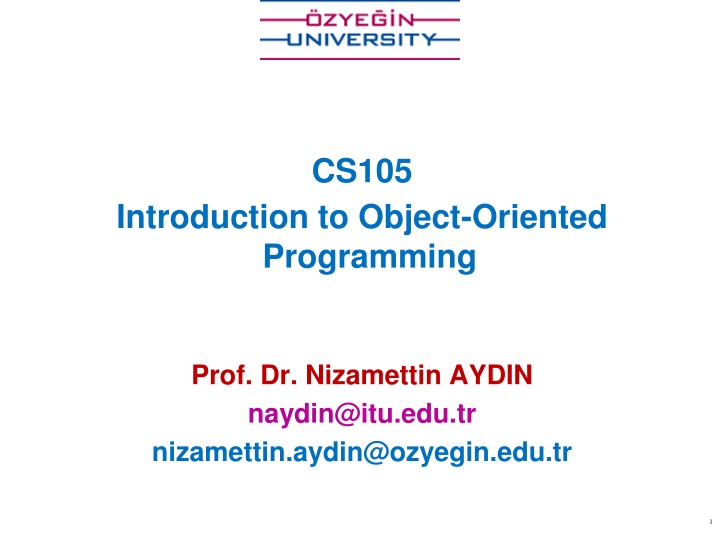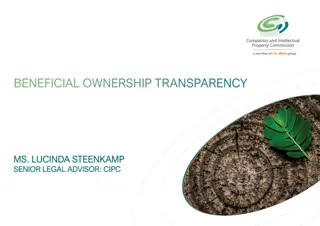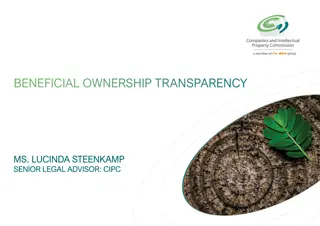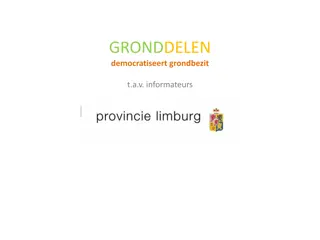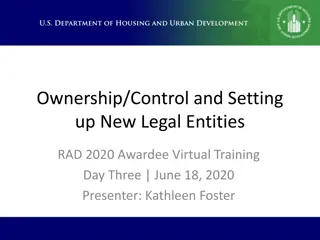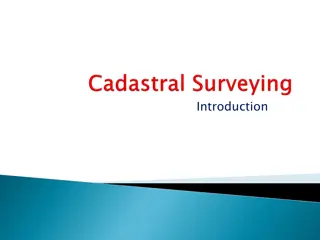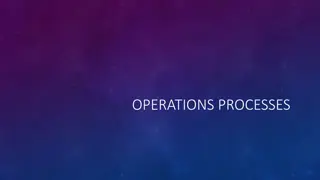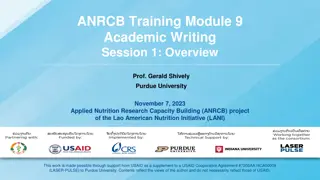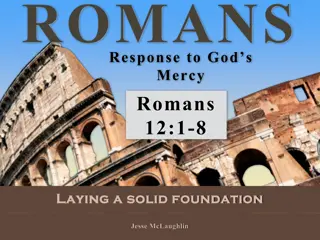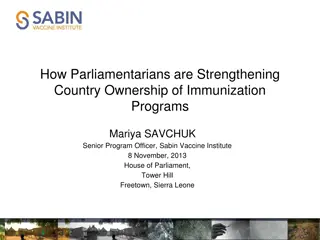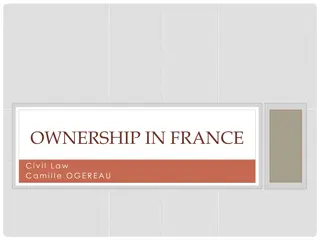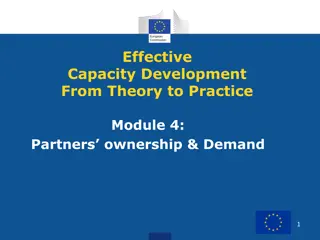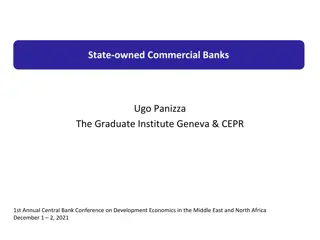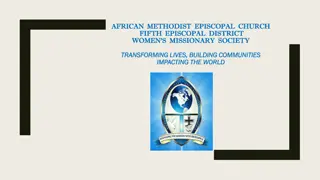Ownership Matters: Transforming Lives
Delve into the profound impact of ownership in various aspects of life through the insightful sermon theme of "Ownership Matters" presented by Edwin Bajomo. Understand the need to counteract self-centeredness, shift from comfort zones, and embrace a mindset of responsibility and accountability. Explore key scriptures like John 10:11-14 and Numbers 11:11-17 that highlight the importance of ownership in spiritual and communal contexts, guiding individuals towards positive transformation.
Uploaded on Mar 02, 2025 | 2 Views
Download Presentation

Please find below an Image/Link to download the presentation.
The content on the website is provided AS IS for your information and personal use only. It may not be sold, licensed, or shared on other websites without obtaining consent from the author.If you encounter any issues during the download, it is possible that the publisher has removed the file from their server.
You are allowed to download the files provided on this website for personal or commercial use, subject to the condition that they are used lawfully. All files are the property of their respective owners.
The content on the website is provided AS IS for your information and personal use only. It may not be sold, licensed, or shared on other websites without obtaining consent from the author.
E N D
Presentation Transcript
CS105 Introduction to Object-Oriented Programming Prof. Dr. Nizamettin AYDIN naydin@itu.edu.tr nizamettin.aydin@ozyegin.edu.tr 1
Inheritance and Polymorphism 2
Outline more benefits of inheritance Reference and Object Inheritance Polymorphism Compile Time vs. Runtime Casting Final method Static vs. Dynamic Binding 3
more benefits of inheritance Assume that we have an animal farm with different types of animals and we don t know inheritance 4
Assume that we have an animal farm with different types of animals and we don t know inheritance. Can we store all these different animal types in one data structure, like an array? Dog Cat Cow Mouse 5
Assume that we have an animal farm with different types of animals and we don t know inheritance. Can we store all these different animal types in one data structure, like an array? An array needs to hold objects of same type! Dog Cat Cow Mouse 6
Assume that we have an animal farm with different types of animals and we don t know inheritance. Can we store all these different animal types in one data structure, like an array? An array needs to hold objects of same type! Dog Cat Cow Mouse 7
Inheritance gives us the ability to store all animals in one data structure. A cat/dog/cow/mouse is an Animal 8
Reference and Object Reference Object Animal is an animal 9
Reference and Object Reference Object Are these statements legal? Cat is a cat Dog is a dog Both of them are legal statements. 10
Reference and Object Reference Object Are these statements legal? Can an animal reference point to a cat/dog object? Cat is an animal Dog is an animal Both of them are legal statements. 11
Inheritance Therefore we can keep all animal types in one single data structure. An animal array can store an animal object and other animal types (cat, dog etc.). 13
Reference and Object Reference Object Is this a legal statement? Not a legal statement Not all animals is a cat. An animal may not have all the capabilities of a cat. Cats can jump but not all animals can. 14
Reference and Object Reference Object Is this a legal statement? Cat is an object. This is a legal statement. 15
Are these statements valid? An animal reference can refer to a cat object. All cats are animal. 16
Are these statements valid? animal1 is an animal reference Compiler knows the reference type but not the object type 17
Polymorphism Polymorphism Helps build extensible systems Programs generically process objects as superclass objects Can add classes to systems easily Classes must be part of generically processed hierarchy Polymorphism gives us the capability to call the right method. 19
Compile Time vs. Runtime What does compiler do? Compiler interprets our code Then what happens in runtime? At runtime, the environment executes the interpreted code There are two steps of our programs: Compiler time Runtime Compile time decisions are based on reference type Run time decisions are based on object type 21
Compiler Only knows about the reference type. When a method is called, it looks for that method inside that particular reference type class. 22
Run time At run time, the exact run time object is used to find where a method belongs to. The method used needs to match with the signature of the actual method. Example in the next slide... 23
toString() method The method signatures match 24
Is there a way to fix this? Lets assume that animal1 will always refer to a cat object. 25
It is possible with explicit casting 26
Casting Widening Automatic type promotion (from int to double) Super-class reference = sub-class object; Narrowing Explicit casting (from double to int) Sub-class reference = (subclass) super-class reference; 27
Casting Compiler will search for speak method inside the cat class. 28
Casting What do you think will happen at this point? 29
Casting We won t get a compiler error, relax It will be worse, we will get a run time error 30
Casting We need to make sure that we don t cast wrong. How? By doing run time type check instanceof operator Checks whether there is an is a relationship 31
Final method A method in the super class that cannot be overridden in a subclass. Any idea which methods can be final? Methods that are declared private are implicitly final, because it s not possible to override them in a subclass. Methods that are declared static are implicitly final. 32
Static vs. Dynamic Binding A final method s declaration can never change, so all sub classes use the same method implementation, and calls to final methods are resolved at compile time this is known as static (early) binding. Dynamic (late) binding: methods to be executed are determined in run time, depending on the object type. 33
Call to the super.someMethod() get bound at compile time. Call to the this.someMethod() get bound at run time. 37
